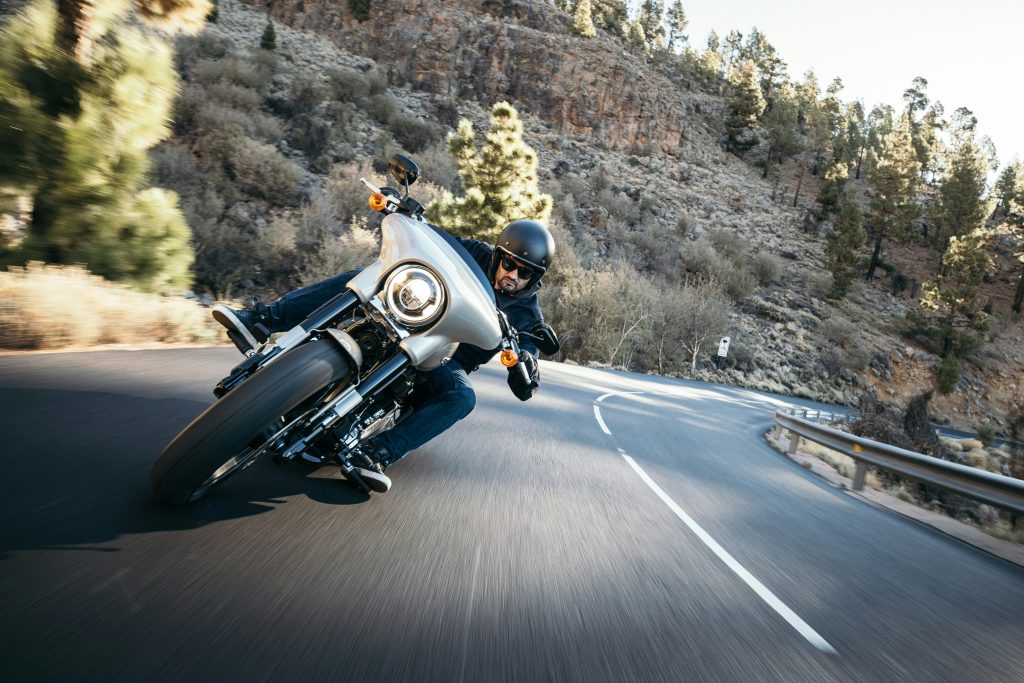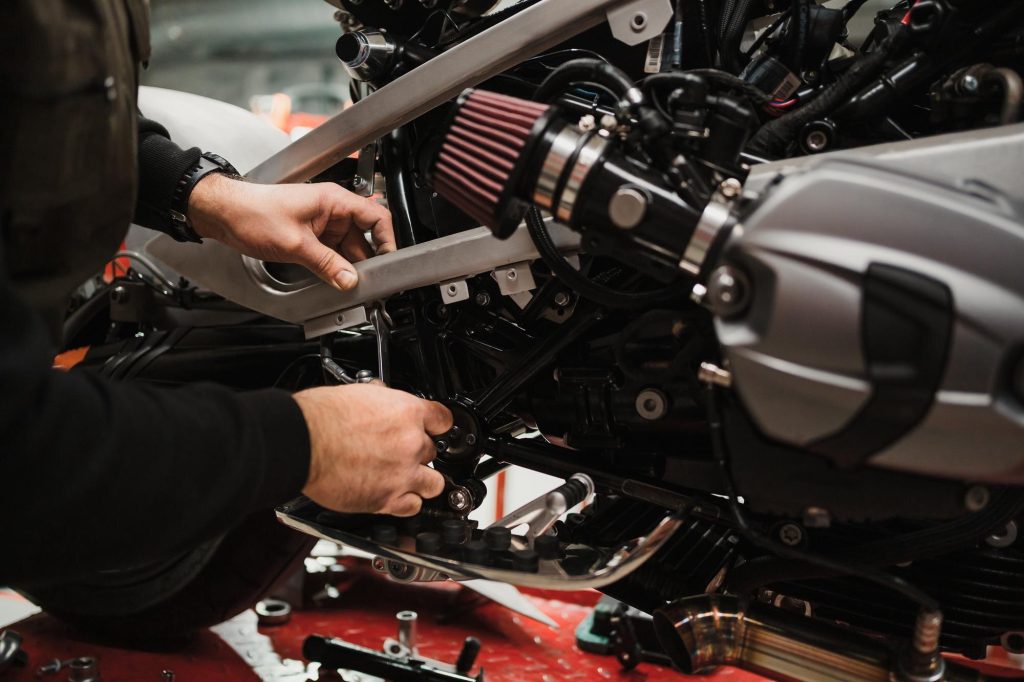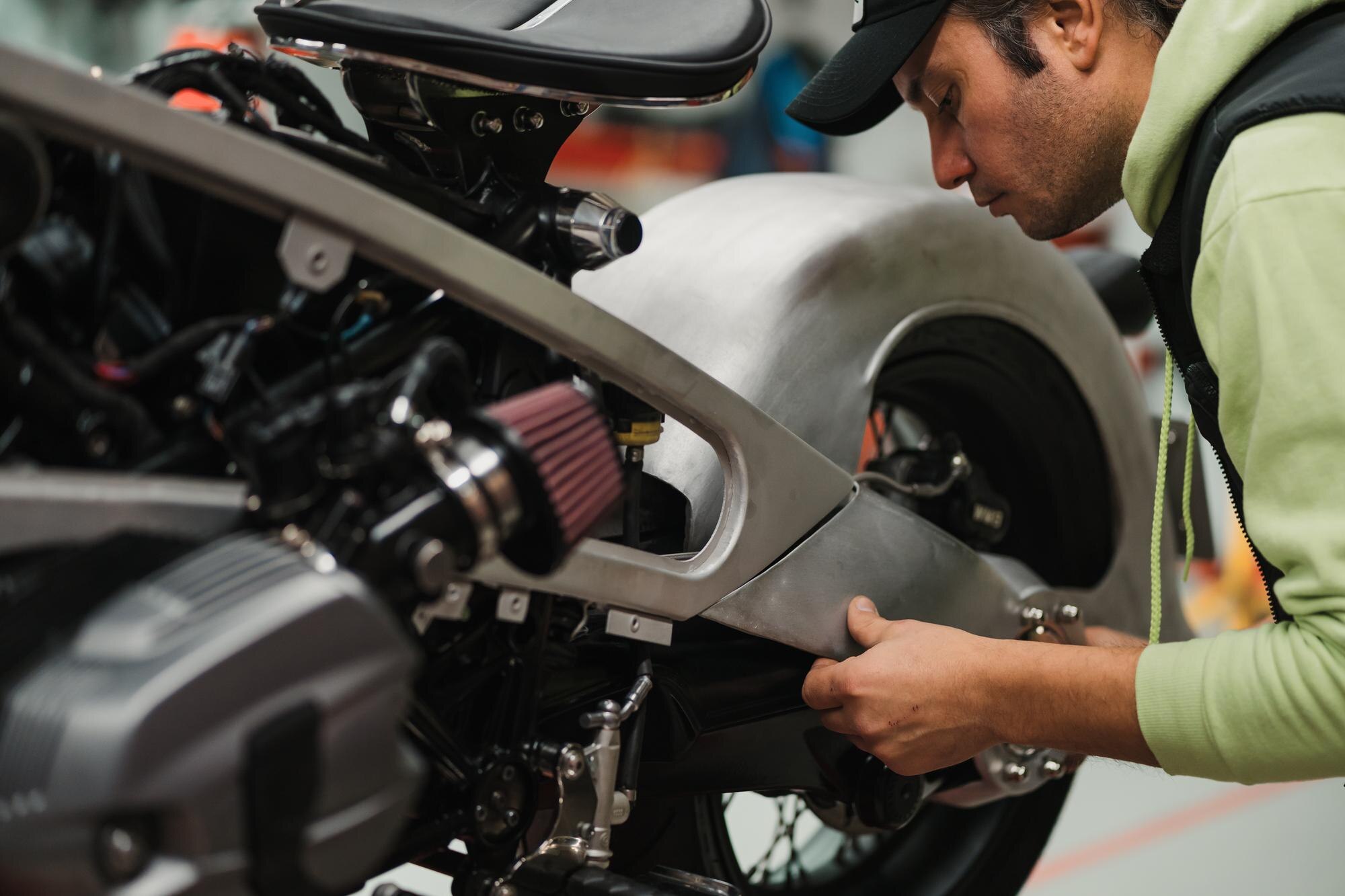Choosing the right motorcycle battery is crucial. It’s not just about powering your bike.
It’s about ensuring reliability, longevity, and optimal performance.
There are several types of motorcycle batteries available. Each type has its unique features, benefits, and drawbacks.
This article aims to guide you through these types. We’ll delve into the specifics of lead-acid, AGM, gel, and lithium-ion batteries.
We’ll discuss their pros and cons, and why one might be a better fit for your needs than the others.
We’ll also provide tips on maintenance and longevity. This way, you can get the most out of your investment.
By the end of this comprehensive guide, you’ll be well-equipped to make an informed decision when purchasing your next motorcycle battery.

Understanding Motorcycle Battery Basics
Before we delve into the specifics of each battery type, let’s cover some basics.
A motorcycle battery is a vital component of your bike’s electrical system. It powers the starter motor, ignition system, and all the electronic accessories.
There are several key factors to consider when choosing a battery. These include the battery’s capacity, its cold cranking amps (CCA), and its size and weight.
The battery’s capacity, measured in ampere-hours (Ah), indicates how much power it can provide over a certain period. The CCA, on the other hand, measures the battery’s ability to start the engine in cold weather.
Here are some key terms to understand:
- Voltage (V): The force of electricity. Most motorcycle batteries are 12 volts.
- Ampere-hours (Ah): The capacity of the battery. A higher Ah means the battery can power your bike for longer.
- Cold Cranking Amps (CCA): The power the battery can provide at 0°F (-18°C) for 30 seconds while maintaining at least 7.2 volts.
Types of Motorcycle Batteries
There are four main types of motorcycle batteries: lead-acid, AGM, gel, and lithium-ion.
Lead-acid batteries are the traditional choice. They’re affordable but require regular maintenance.
AGM and gel batteries are variants of lead-acid batteries. They’re sealed, maintenance-free, and offer better performance.
Lithium-ion batteries are the newest type. They’re lightweight, have a high energy density, but are more expensive.

The Role of Cold Cranking Amps (CCA) and Ampere-Hours (Ah)
CCA and Ah are crucial factors in choosing a motorcycle battery.
CCA is particularly important for riders in cold climates. A battery with a high CCA can start the engine even in cold weather.
Ah, on the other hand, indicates the battery’s capacity. A higher Ah means the battery can power your bike for a longer period. It’s especially important for bikes with lots of electronic accessories.
Lead-Acid Batteries: The Traditional Choice
Lead-acid batteries have been around for a long time. They’re the original type of rechargeable battery and are widely used in motorcycles.
These batteries are made up of cells. Each cell contains lead plates submerged in a mixture of sulfuric acid and water, known as electrolyte.
When the battery is charged, the lead plates react with the electrolyte to produce electricity. This process is reversed when the battery is discharged.
Lead-acid batteries are known for their reliability and affordability. They’re a good choice for riders on a budget or those who prefer a tried-and-true option.
However, they do require regular maintenance. The electrolyte level needs to be checked and topped up with distilled water to prevent the plates from drying out.
Pros and Cons of Lead-Acid Batteries
Like any product, lead-acid batteries have their advantages and disadvantages.
On the plus side, they’re affordable and widely available. They’re also easy to recharge and can deliver a high current, making them suitable for most motorcycles.
However, they do have some drawbacks. Here are a few to consider:
- Maintenance: Lead-acid batteries require regular topping up with distilled water.
- Weight: They’re heavier than other types of batteries.
- Lifespan: They typically have a shorter lifespan than AGM, gel, or lithium-ion batteries.
Despite these drawbacks, lead-acid batteries remain a popular choice for many riders. They’re a reliable, cost-effective solution for powering your motorcycle.
AGM Batteries: The Best AGM Battery for Motorcycle
Absorbed Glass Mat (AGM) batteries are a modern alternative to traditional lead-acid batteries. They’re a type of sealed lead-acid battery, but with a twist.
In an AGM battery, the electrolyte is absorbed into a fiberglass mat. This design makes the battery spill-proof, which is a significant advantage for motorcycle riders.
AGM batteries are also maintenance-free. You don’t need to top them up with distilled water, which saves time and effort.
They’re also known for their excellent cold cranking amps (CCA). This makes them a great choice for riders who live in colder climates or have high-performance bikes that require a lot of power to start.
Here are some key features of AGM batteries:
- Spill-proof design: The electrolyte is absorbed into a fiberglass mat, preventing spills.
- Maintenance-free: No need to top up with distilled water.
- High CCA: Excellent for cold starts and high-performance bikes.
- Long lifespan: AGM batteries typically last longer than traditional lead-acid batteries.
Why AGM Batteries Are a Top Choice for Riders
AGM batteries are often considered the best type of motorcycle battery. They offer a great balance of performance, longevity, and value.
Their spill-proof design is a major selling point. It means you don’t have to worry about acid leaks, even if the battery is tipped over.
Another advantage is their resistance to vibration. This makes them a great choice for off-road riders or those who ride on rough terrain.
Here’s why many riders prefer AGM batteries:
- Spill-proof and vibration-resistant: Ideal for all types of riding.
- Maintenance-free: Saves time and effort.
- Long lifespan: Offers good value for money.
In short, AGM batteries are a reliable, high-performance option for most riders. They’re well worth considering when you’re looking for the best motorcycle battery.
Gel Batteries: Durable and Low Maintenance
Gel batteries are another type of sealed lead-acid battery. They’re similar to AGM batteries, but with a key difference.
In a gel battery, the electrolyte is mixed with a silica additive. This turns it into a thick, gel-like substance.
This design makes gel batteries extremely resistant to vibration. They also perform well in extreme temperatures, making them a good choice for riders in hot climates or those who ride year-round.
Here are some key features of gel batteries:
- Vibration-resistant: The gel electrolyte absorbs vibrations, making these batteries durable and long-lasting.
- Performs well in extreme temperatures: Ideal for hot climates and year-round riding.
- Maintenance-free: Like AGM batteries, gel batteries don’t need to be topped up with distilled water.
The Unique Advantages of Gel Batteries
Gel batteries offer some unique advantages. Their resistance to vibration and extreme temperatures sets them apart from other battery types.
They’re also completely sealed, which means they’re spill-proof and safe to use in any position. This can be a big advantage for custom bikes or unusual installations.
Here’s why some riders prefer gel batteries:
- Vibration and temperature resistance: Ideal for tough riding conditions.
- Completely sealed: Safe to use in any position, great for custom installations.
In conclusion, gel batteries are a durable, low-maintenance option. They’re well-suited to challenging riding conditions and offer a good lifespan.
Lithium-Ion Batteries: The Lightweight Powerhouse
Lithium-ion batteries are the newest type of motorcycle battery on the market. They’re different from lead-acid, AGM, and gel batteries in several ways.
Firstly, lithium-ion batteries are incredibly lightweight. They can be up to 70% lighter than a comparable lead-acid battery. This can make a noticeable difference in the handling and performance of your motorcycle.
Here are some key features of lithium-ion batteries:
- Lightweight: Can be up to 70% lighter than a comparable lead-acid battery.
- High energy density: Can store a large amount of energy in a small space.
- Long lifespan: Can last up to twice as long as a lead-acid battery with proper care.
However, lithium-ion batteries do have some drawbacks. They’re more expensive than other types of batteries, and they require a special charger. They’re also more sensitive to temperature extremes.
The Future of Motorcycle Batteries: Lithium-Ion
Despite these drawbacks, many experts believe that lithium-ion batteries are the future of motorcycle batteries. Their high energy density and long lifespan make them an attractive option for many riders.
Here’s why some riders prefer lithium-ion batteries:
- High energy density: Ideal for motorcycles with high electrical demands.
- Long lifespan: Can last up to twice as long as a lead-acid battery with proper care.
In conclusion, lithium-ion batteries are a high-performance option. They’re lightweight, powerful, and long-lasting. However, they do require special care and are more expensive upfront.
Choosing the Right Battery for Your Motorcycle
Choosing the right battery for your motorcycle is crucial. It’s not just about picking the one with the highest capacity or the longest lifespan. It’s about finding the battery that best suits your motorcycle and your riding habits.
Firstly, consider your motorcycle’s electrical demands. If you have a lot of accessories or a high-performance bike, you might need a battery with a higher capacity. On the other hand, if you only use your motorcycle for short trips, a smaller battery might suffice.
Secondly, think about your riding conditions. If you often ride in cold weather, you’ll need a battery with a high cold cranking amps (CCA) rating. If you ride in hot conditions, a battery with a high heat tolerance is essential.
Lastly, consider your budget. While it might be tempting to go for the cheapest option, remember that a good-quality battery can save you money in the long run. It’s often worth investing in a battery that will last longer and perform better.
Factors to Consider When Selecting a Motorcycle Battery
When selecting a motorcycle battery, there are several factors to consider. These include the battery’s type, size, power output, and lifespan.
The type of battery you choose will depend on your motorcycle’s requirements and your personal preferences. For example, if you want a maintenance-free battery, you might opt for an AGM or lithium-ion battery.
The size and power output of the battery should match your motorcycle’s specifications. A battery that’s too small might not provide enough power, while a battery that’s too large might not fit in your motorcycle’s battery compartment.
The lifespan of the battery is another important factor. While lithium-ion batteries tend to have the longest lifespan, they’re also the most expensive. Lead-acid batteries, on the other hand, are cheaper but require more maintenance.
In conclusion, choosing the right motorcycle battery involves a careful consideration of several factors. By understanding these factors, you can make an informed decision and choose the battery that best suits your needs.
Maintenance Tips to Extend Battery Life
Proper maintenance can significantly extend the life of your motorcycle battery. It’s not just about charging the battery regularly, but also about taking care of it in other ways.
Firstly, keep the battery clean. Dirt and corrosion can cause the battery to discharge faster. Use a soft brush and a mixture of baking soda and water to clean the battery terminals.
Secondly, check the battery’s water level regularly if it’s a lead-acid battery. If the water level is low, refill it with distilled water. Never use tap water as it can contain minerals that can damage the battery.
Lastly, store the battery properly when not in use. If you’re not going to use your motorcycle for a while, remove the battery and store it in a cool, dry place. Use a battery maintainer to keep it charged.
How to Properly Charge and Maintain Your Motorcycle Battery
Charging your motorcycle battery properly is crucial for its longevity. Always use a charger that’s designed for motorcycle batteries. Car battery chargers can overcharge and damage motorcycle batteries.
When charging the battery, make sure it’s at room temperature. Charging a cold battery can cause it to crack. Also, never charge a frozen battery as it can explode.
Regular maintenance is also important. Check the battery’s voltage regularly to ensure it’s not discharging too quickly. If you notice any issues, such as a swollen case or a rotten egg smell, it’s time to replace the battery.
Conclusion: Investing in the Best Motorcycle Battery
Choosing the right motorcycle battery is a crucial decision. It not only affects the performance of your motorcycle but also its longevity. Investing in a high-quality battery can save you from frequent replacements and unexpected breakdowns.
Remember, the best motorcycle battery is not necessarily the most expensive one. It’s the one that fits your motorcycle’s specifications, your riding style, and your maintenance habits.
Final Thoughts and Recommendations
In conclusion, understanding the different types of motorcycle batteries and their features can help you make an informed decision. Whether it’s a lead-acid, AGM, gel, or lithium-ion battery, each has its own advantages and drawbacks.
Lastly, remember that proper maintenance can significantly extend the life of your battery. Regular charging, cleaning, and inspection can keep your battery in top shape. And when it’s time to replace your battery, make sure to dispose of the old one responsibly.




Leave a Reply
You must be logged in to post a comment.